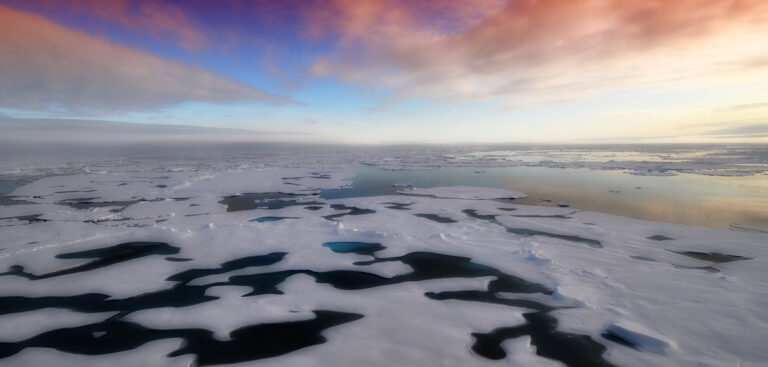Scientists researching cracks in the Arctic sea ice have made a discovery about the impact these cracks have on weather.
The cracks, known as ‘leads’, form in the wintertime exposing the Arctic Ocean to the air above. Some leads are just a few meters wide; others can stretch to kilometers wide.
Because of the sharp contrast in temperature between the warm ocean and the cold air above which the sea is exposed to, the leads are known to create a flow of heat and moisture from the ocean to the atmosphere. This leads to the formation of low-level clouds over the leads.
Until now, scientists had assumed that the greater the number of leads the more low-level clouds during winter. But a new study by the University of Utah found that the opposite was true: when the number of leads was greater, there were fewer clouds.
The team of atmospheric scientists explained this apparent paradox in a paper published in Nature Communications.
They said that most wintertime leads rapidly freeze over after opening. The newly frozen ice prevents the moisture flowing up from the warm ocean while only cutting off some of the upward heat flow. This updraft of warm, dry air causes the clouds to dissipate.
According to the study’s authors, a better understanding of this dynamic will not only help to create a clearer picture of the impact of wintertime leads on low-level clouds but it will also help climate scientists as they try to figure out the Arctic’s surface energy budget in the face of ongoing sea ice decline.



